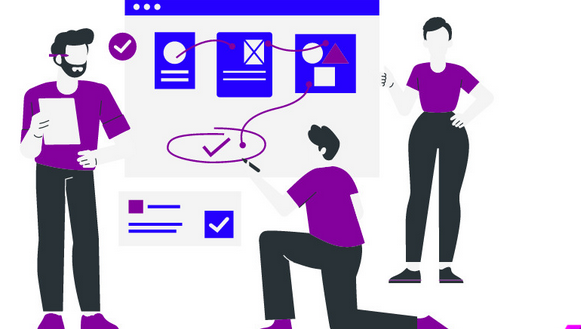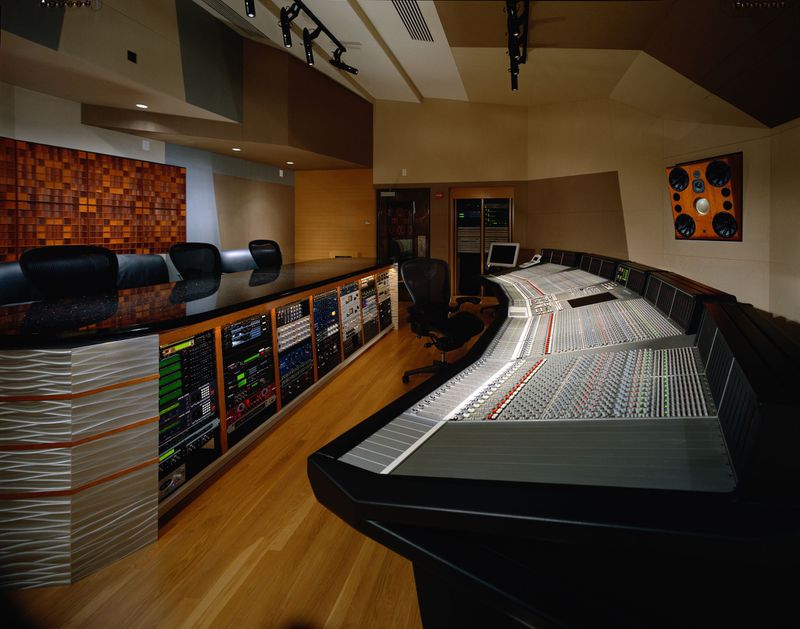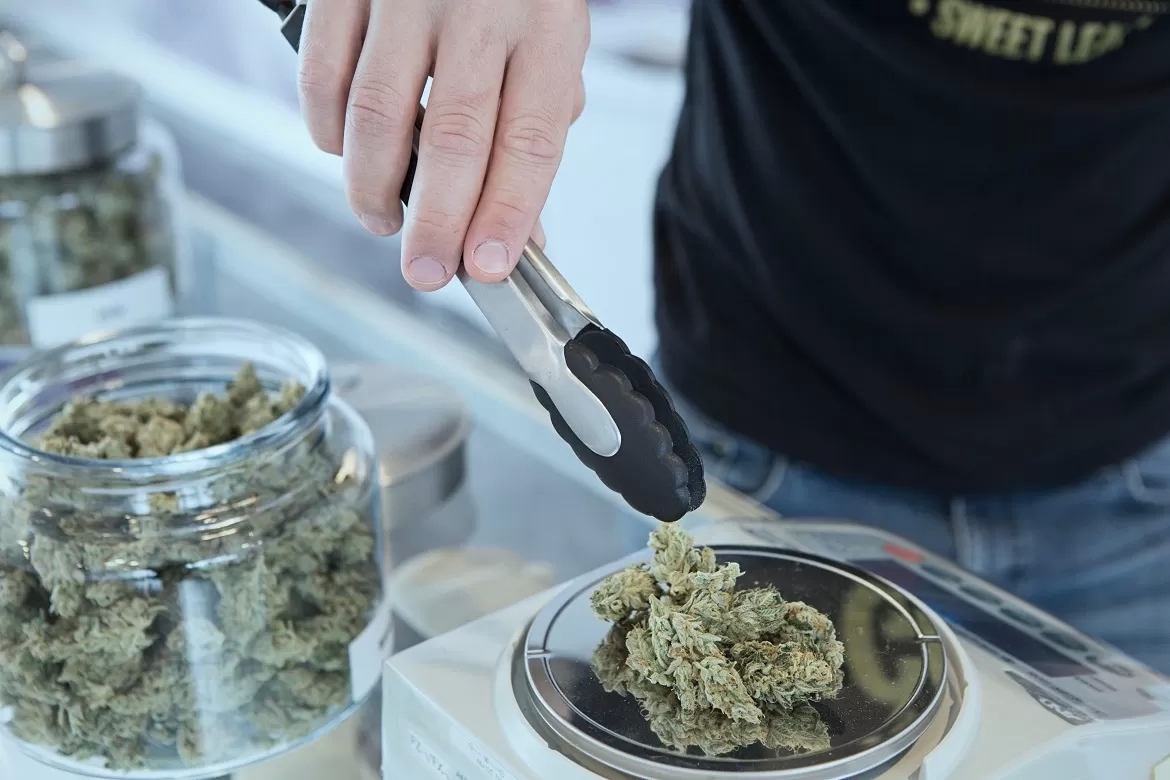Are you currently an inventor, businessman, or designer brand with a brilliant concept that is ready to jump away from the drawing board and into fact? The procedure of developing your first prototype might be difficult, understandably. A prototype is actually a actual reflection of any concept as well as a crucial part of product development portfolio delivering a whole new product for the market. In this particular beginner’s guideline, we shall guide you from the essential methods of developing a prototype.
Step 1: Developing Design and style Data files
The initial step in producing a prototype is always to create style documents. All this begins with a 3D design and style. You can use application like Solid Functions, Sketchup, or Combination 360 to make your designs. These software choices allow you to style in three dimensional place and give you the capability to operate, adapt, and improve particulars effortlessly. You may also produce 2D drawings that may be modified in CAD software.
Step 2: Finding Materials
Once you have refined your design, sourcing components appear following. It is very important select the right components for that prototype because it will modify the ultimate product’s overall good quality, functionality, and durability. Material assortment is determined by the product’s ideal stop use, budget, and creation quantity. By way of example, when a part has to be temperature proof, then using silicon rubberized could be the most suitable option.
Step Three: Production Process
Following sourcing the information and achieving the design files, the next thing is selecting the manufacturing process. You may either decide to produce the prototype in-residence, or outsource it to your manufacturer using the devices to handle your design’s difficulty. three dimensional publishing is actually a well-liked and expense-efficient method used for prototyping, as it can create complex geometries rich in reliability. An alternative choice to three dimensional generating is Computer Numerical Handle (CNC) which utilizes subtractive manufacturing to remove substance from the supply fabric.
Phase 4: Testing and Iterating
Once your prototype continues to be manufactured, it’s time and energy to test it. The objective of testing is to make sure that it does as designed as well as to identify any problems you will probably have neglected in the style period. This can be done by working simulations or carrying out real-lifestyle checks around the prototype. Tests helps to perfect the merchandise further, and opinions may be integrated into long term iterations, ultimately causing an improved merchandise.
Stage 5: Polishing the Prototype
Right after receiving responses from evaluating, it’s time and energy to polish the prototype. This task enables you to determine any disadvantages within the style and enhance them. It is recommended to make your prototype perform much better and transfer nearer to a final merchandise which can be manufactured in large quantities. After the prototype has been refined, you may then move on to the ultimate manufacturing phase.
To put it briefly
Developing a prototype is an essential element of the item improvement process. It allows you to view your concept in perceptible kind and test out your concept well before committing to important developing fees. Within this beginner’s guideline, we have specified the vital steps to follow when developing a prototype. Whilst the method can seem to be challenging, make sure to remain patient whilst keeping improving your design and style. The greater number of effort and time invested in a prototype, the better the ultimate merchandise will likely be. Bear in mind, the purpose of prototyping is to improve and increase, so don’t be afraid to create alterations and play with it. Best of luck!



